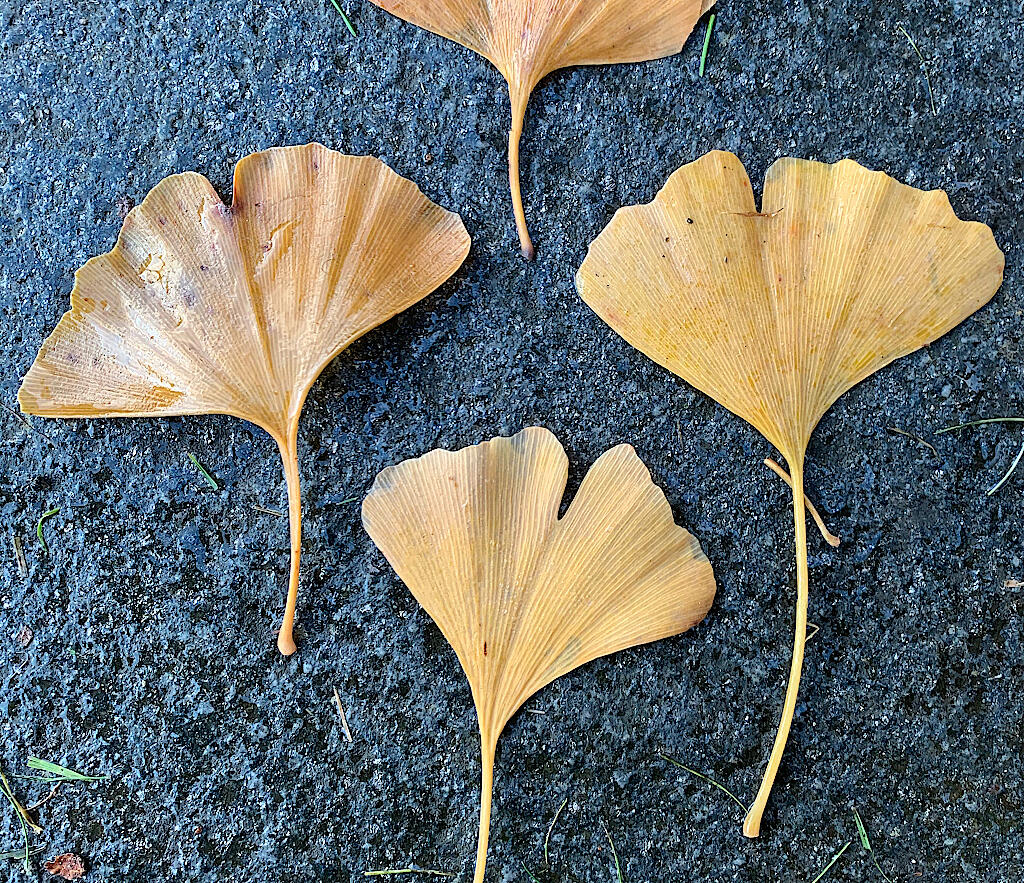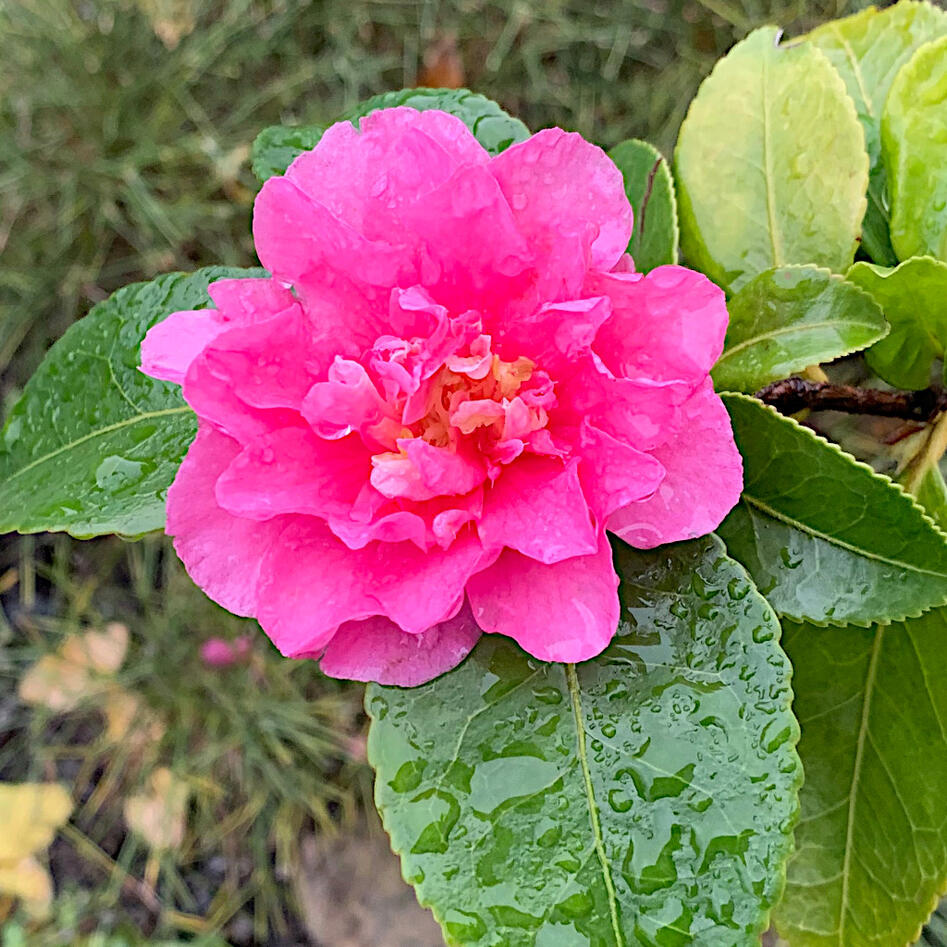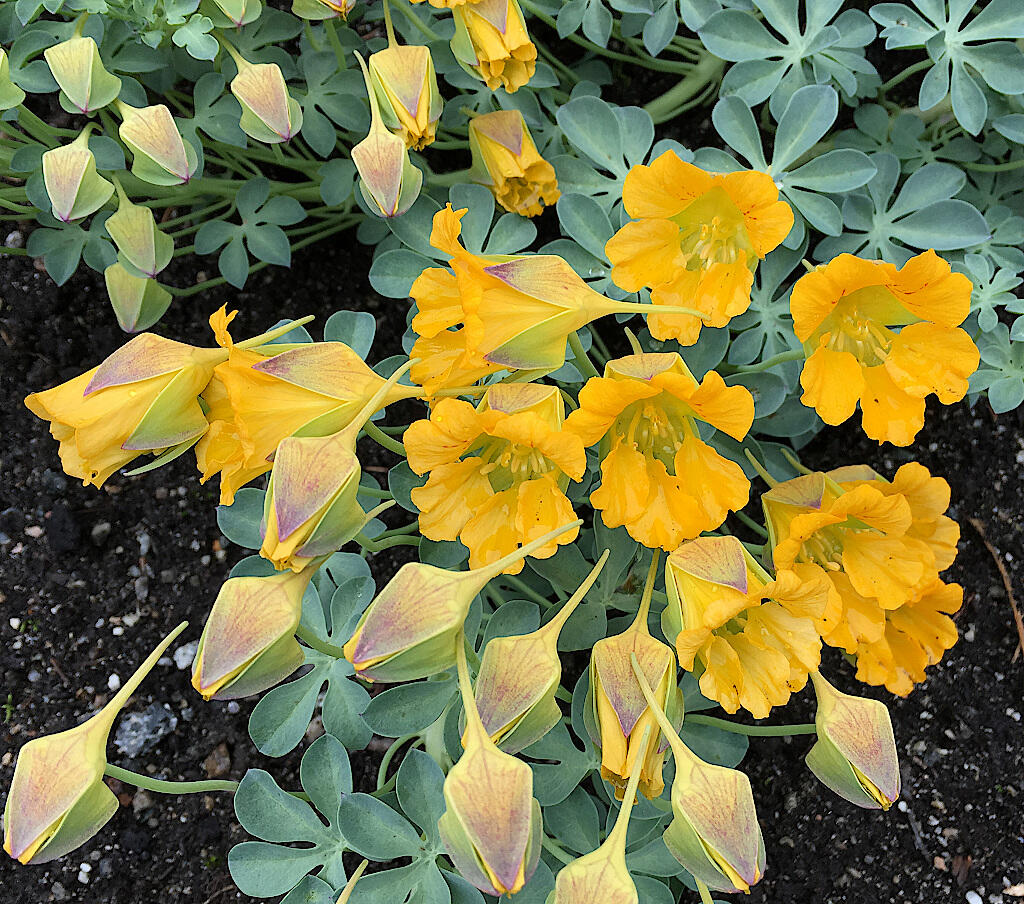Highlights from the collections in the Museum Garden
The Museum Garden is filled with beautiful and unusual plants. Many of them have an interesting history or are notable from a scientific perspective. Here we highlight a selection of the plants in the garden.

Main content
Fægri's rowan, Sorbus meinichii ’Faegriana’
Our signature tree. A very nice rowan tree that grows wild only in a few places in Western Norway. It has unusually large, very useful, fruits. This form is named after former botany professor Knut Fægri and this particular tree was planted here around 1910.
Dawn redwood, Metasequoia glyptostroboides
Living species that are also known as fossils are called "living fossils". The dawn redwood is a living fossil that was first described in 1941 from more than 150 million year old fossils. It attracted attention when it was discovered alive in China a few years later. This is a fast-growing conifer with light green and soft needles and it thrives in humid environments. We have two in the Museum Garden, they are from 1950 and 1963.
Ginkgo, Ginkgo biloba
The world's most well known temple tree comes from China and has been cultivated for thousands of years. It is has beautiful two lobed leaves and is neither a conifer nor a flowering plant. It is the only extant species in its group of seed plants. Our tree was planted around 1930 and is said to be the tallest in Norway. Ginkgo is a living fossil, known from more than 250 million year old fossils.
Handkerchief tree, Davidia involucrata
The handkerchief tree has a round and dense inflorescence with a pair of thin white large subtending leaves that have been compared to handkerchiefs. After flowering, these subtending leaves are shed, and looks like litter under the tree. This quite unique tree was described from China in the 1870s. We have three handkerchief trees of different age in the Museum Garden and our oldest was planted in 1930.
Japanese umbrella-pine, Sciadopitys verticillata
A group of conifers stand close together on the Chestnut hill ridge. They are Japanese umbrella-pines, planted there in 1927. This unusual species grows wild in Japan and is ancient, more than 200 million years old: It was widespread when the large dinosaurs lived. What looks like a wreaths of conifer needles on the branches are, strangely enough, flat green branches instead of leaves. These trees also have uncommonly nice-looking rose-shaped cones.
Camellia, Camellia japonica and C. sasanqua
Camellias are closely related to the tea bush and can be used for tea, but are grown for their beautiful flowers. There are many cultivars, and every year in April, 'Brigadoon' flowers with large pink semi-double flowers. We have recently acquired new camellias and now have both autumn, winter and spring flowering types in the same area.
Nasturtium, Tropaeolum polyphyllum
The garden nasturtium is grown in many gardens as an annual in summer, but the genus Tropaeolum from South America contains many other colorful climbing plants, both yellow, blue and red. Several are perennials and some can be grown here, overwintering with deep carrot-like roots. The golden nasturtium, from mountain areas of Chile and Argentina, has flowered reliably every year in the Museum Garden since 1930.
Monkey-puzzle tree, Araucaria araucana
The monkey-puzzle tree is a conifer from the slopes of the Andes in South America, and it is endangered in its natural environment. It prefers a cool and wet climate and grows well in Bergen. It is the only species in the genus that is hardy here, but is related to the Norfolk island pine (Araucaria heterophylla) which is common as a houseplant. The needles are flat, wide and have a sharp tip. The name monkey-puzzle tree was originally a joke.
Tulip tree, Liriodendron tulipifera
Tulip trees are large and beautiful deciduous trees from the southeastern United States. They are related to magnolias. The leaves have an unusual form and seem to be cut off at the tip. The flowers are yellow-green and orange, somewhat tulip-shaped, but they may be difficult to see because they are high up in the tree. Our tree is not old (planted in 1960), but under favorable conditions tulip trees can reach over 50 m height and become several hundred years old.




